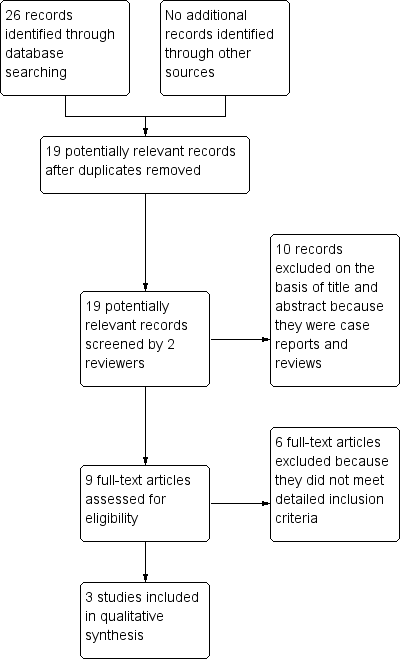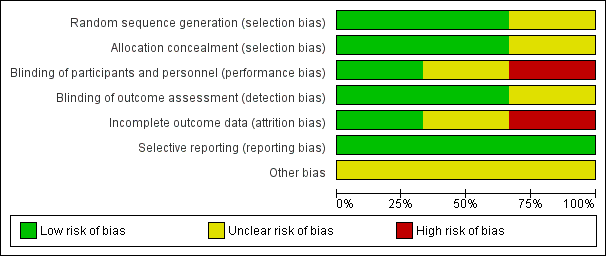Contenido relacionado
Revisiones y protocolos relacionados
Maggie J Westby, Jo C Dumville, Marta O Soares, Nikki Stubbs, Gill Norman | 22 junio 2017
Jo C Dumville, Benjamin A Lipsky, Christopher Hoey, Mario Cruciani, Marta Fiscon, Jun Xia | 14 junio 2017
Gill Norman, Jo C Dumville, Zena EH Moore, Judith Tanner, Janice Christie, Saori Goto | 4 abril 2016
Jo C Dumville, Samantha J Keogh, Zhenmi Liu, Nikki Stubbs, Rachel M Walker, Mathew Fortnam | 21 mayo 2015
Jo C Dumville, Nikki Stubbs, Samantha J Keogh, Rachel M Walker, Zhenmi Liu | 17 febrero 2015
Gill Normana, Maggie J Westby, Amber D Rithalia, Nikki Stubbs, Marta O Soares, Jo C Dumville | 15 junio 2018
Susan O'Meara, Marrissa Martyn‐St James | 31 mayo 2013
Rachel M Walker, Brigid M Gillespie, Lukman Thalib, Niall S Higgins, Jennifer A Whitty | 12 octubre 2017
Paulo Eduardo de Oliveira Carvalho, Natiara G Magolbo, Rebeca F De Aquino, Carolina D Weller | 18 febrero 2016
Chunhu Shi, Jo C Dumville, Nicky Cullum, Emma Connaughton, Gill Norman | 26 julio 2021






